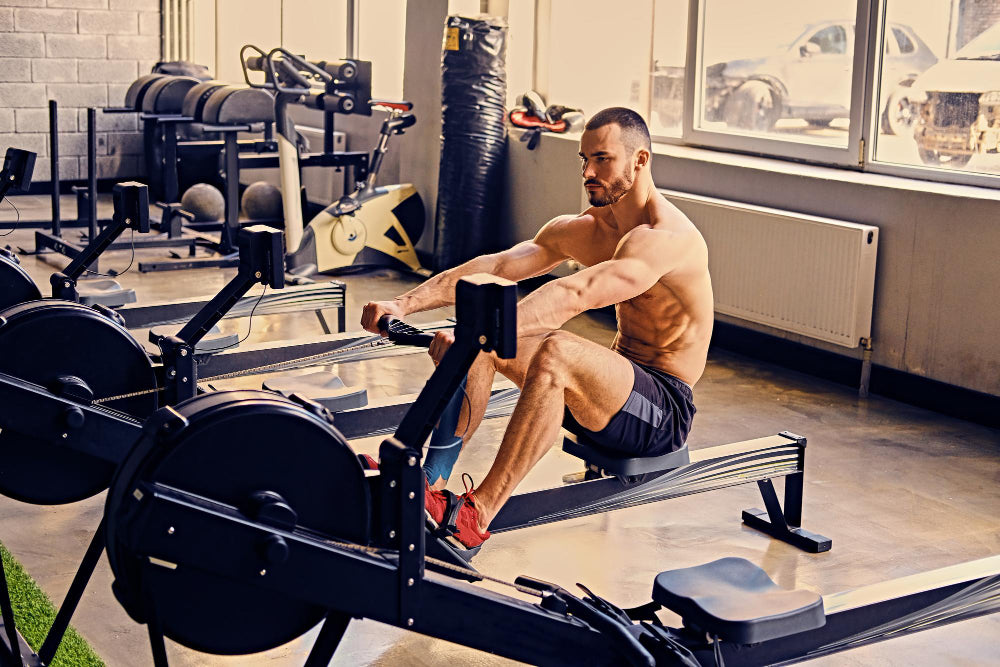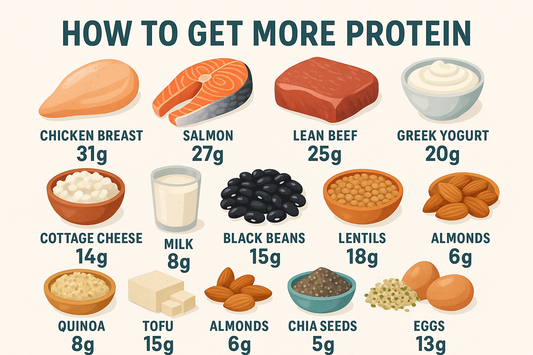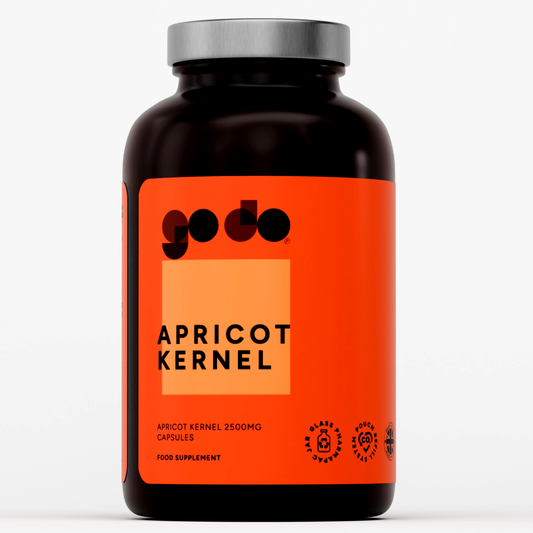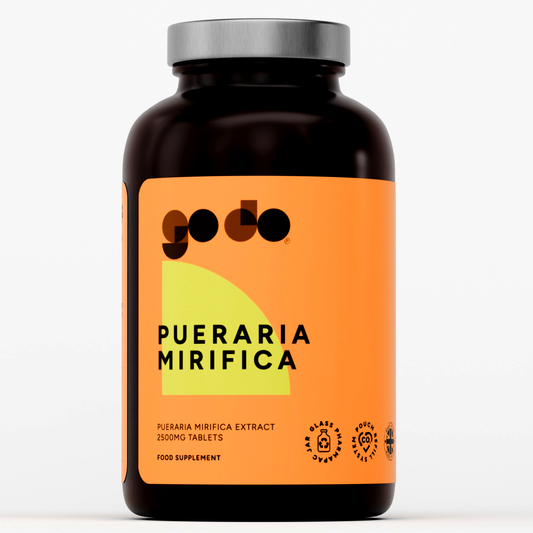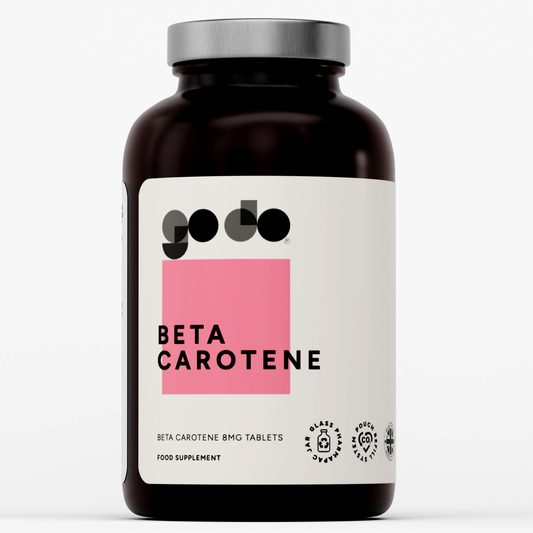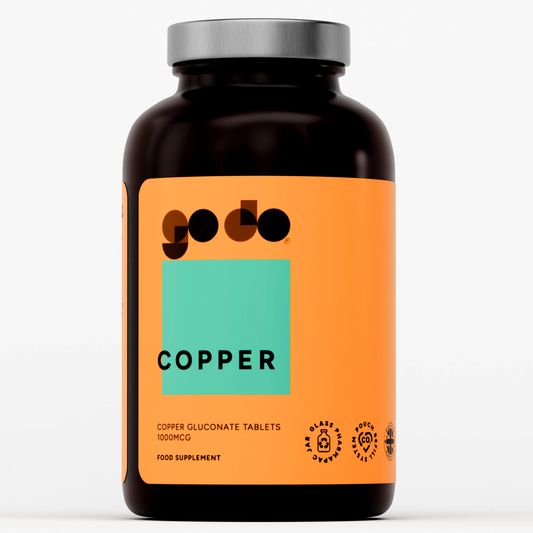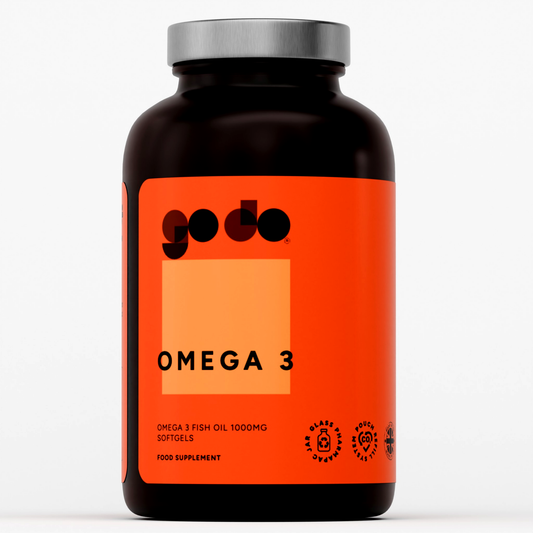Can You Lose Belly Fat on a Rowing Machine? Here's What to Know
Introduction to Rowing and Weight Loss
Rowing is a great exercise for weight loss, requiring at least 30 minutes, five times a week, with gradual intensity increases to maximize calorie burn and promote fat loss throughout the body. The rowing machine provides a full body workout, engaging major muscle groups in your legs, core, back, and arms, burning more calories than biking or elliptical trainers during equivalent workout durations. Rowing workouts, including high intensity interval training (HIIT), boost fitness level and burn more calories post-exercise through the afterburn effect than moderate intensity steady-state workouts. Losing weight with cardio exercises like rowing can be more challenging than expected, but it's an effective way to burn calories, create a caloric deficit, and reduce overall body fat. Rowing helps with weight loss by burning calories and building muscle mass, which can provide a crucial energy source that leads to a significant decrease in body fat percentage and improved body composition over time.
Benefits of Rowing
Rowing machines provide a full body workout, engaging major muscle groups in the upper and lower body simultaneously, making it an excellent exercise for burning calories and reducing overall body fat. Rowing burns calories effectively while being low impact on joints, making it suitable for people with joint concerns, arthritis, or those recovering from injuries who need gentler exercise options. Regular rowing improves cardiovascular health, muscle strength, endurance, and promotes fat loss, including overall body fat reduction that may include the belly area over time, which is a common misconception about exercis . The benefits of rowing include improved heart health, increased muscle mass, enhanced overall fitness, better posture, and increased metabolic rate, making it a comprehensive exercise for weight loss and wellness. Rowing also improves mental health by reducing stress, releasing endorphins, and providing a meditative rhythmic motion that can enhance mood and motivation for consistent exercise adherence.
Fitness Level and Rowing
Rowing is a versatile cardio exercise that burns stubborn fat and improves heart health for weight loss, suitable for all fitness levels from complete beginners to elite athletes. It is a fun, engaging alternative to running or cycling for those seeking effective workouts, and can be adapted to different fitness levels by adjusting resistance, stroke rate, and workout duration. The indoor rowing machine offers an effective workout option that builds endurance, strengthens muscles, and improves cardiovascular fitness, making it ideal for year-round training regardless of weather conditions. Rowing workouts can be tailored to individual fitness levels, from beginner to advanced, to ensure a challenging and effective exercise routine that progresses as your fitness improves. Beginners should start with shorter sessions at moderate intensity and gradually increase duration and intensity as their cardiovascular fitness and technique improve over several weeks.
Calorie Burn on a Rowing Machine
Calories burned on a rowing machine depend on workout intensity, body weight, fitness level, basal metabolic rate, and environmental factors like temperature and humidity affecting exertion. Moderate rowing burns between 106-194 calories in 15 minutes depending on body weight, while more extreme high-intensity workouts can burn 428-777 calories in the same timeframe. Longer sessions of 1 hour can burn 428-777 calories at moderate intensity and 642-1166 calories at extreme intensity based on weight, making rowing an exceptionally effective way to create a caloric deficit. A 125-pound person burns about 255 calories in 30 minutes of vigorous rowing, while a 185-pound person burns up to 440 calories, highlighting the significant calorie-burning potential. These calorie estimates demonstrate that rowing can effectively burn fat, as many or more calories than running, cycling, or swimming when performed at comparable intensity levels for weight loss.
Body Workout and Rowing
Rowing is a total body workout that strengthens major muscle groups in arms, legs, back, shoulders, and core, making it an excellent exercise for building lean muscle and burning calories. Regular rowing improves cardiovascular endurance and overall body fitness, leading to increased muscle mass, enhanced body composition, and improved metabolic rate that continues burning calories even at rest. Consistent use of the rowing machine can lead to noticeable muscle gain and increased strength, particularly in the upper and lower body, while simultaneously reducing body fat percentage. Rowing workouts provide a full body workout that helps reduce overall body fat through consistent exercise and calorie burn, which may include belly fat as part of overall fat loss, thus aiding in efforts to reduce belly fat . The rowing stroke engages approximately 85% of your body's muscles, making it one of the most comprehensive exercises available for simultaneous cardiovascular and strength training benefits.
How Rowing Helps with Fat Loss
Rowing helps burn calories, which can contribute to overall weight loss and fat loss throughout the body, including the abdominal area as part of a comprehensive fat reduction approach. Targeted fat loss, such as burning stubborn belly fat specifically through rowing alone, is not possible due to the body's inability to spot-reduce fat from specific areas through exercise. Genetics and overall caloric deficit determine where fat loss occurs on the body first, but rowing can help create a substantial calorie deficit necessary for fat loss from all areas. Consistent rowing combined with a balanced, calorie-controlled diet supports effective weight management and fat reduction, making it a great exercise for losing weight when paired with proper nutrition. The combination of cardiovascular exercise and resistance training that rowing provides makes it particularly effective for preserving muscle mass while losing fat, leading to a leaner, more toned physique.
Understanding Calorie Burn
Rowing burns more calories by engaging all major muscle groups simultaneously, boosting metabolism both during and after exercise, and accelerating overall body fat loss including the belly area. A 30-minute rowing session can burn 300-400 calories on average, creating a calorie deficit essential for weight loss when combined with appropriate dietary modifications and consistency. Combining cardio and strength training in one movement, rowing builds muscle mass while efficiently burning fat, leading to improved body composition and increased resting metabolic rate over time. Rowing enhances heart health, reduces heart disease risk, and tones core muscles for a leaner physique, making it an excellent exercise for overall fitness and longevity. The high calorie burn of rowing, when sustained over weeks and months with proper nutrition, can lead to significant fat loss of 1-2 pounds per week safely.
Fitness Levels and Progress
Indoor rowing is ideal for fat burning and training within the aerobic zone, suitable for all fitness levels from sedentary individuals to competitive athletes seeking cross-training options. Revising training and nutrition plans is essential for effective body fat loss, and integrating rowing into your fitness routine can be adapted to individual fitness levels, goals, and progress over time. Maximizing your aerobic threshold through progressive rowing training accelerates weight loss and fat burning by improving cardiovascular efficiency and the body's ability to utilize fat as fuel. Cardio sports like rowing support natural and efficient weight loss goals, making it a great sustainable exercise for losing weight without excessive joint stress or injury risk. Tracking progress through metrics like distance, time, split times, and watts can help maintain motivation and ensure continuous improvement in fitness and fat loss results.
Creating an Effective Rowing Routine
An effective rowing routine for fat loss should include a combination of steady-state cardio, high-intensity intervals, and adequate recovery days for endurance training to prevent overtraining and maximize results over time. Beginners should start with 20-30 minute sessions at moderate intensity 3-4 times per week, gradually increasing duration and frequency as cardiovascular fitness and technique improve significantly. Incorporating HIIT rowing workouts 1-2 times per week can maximize calorie burn and boost metabolism, alternating between high-intensity sprints and recovery periods for optimal fat-burning benefits. Proper rowing technique is crucial for maximizing calorie burn, preventing injury, and ensuring muscle engagement, so consider working with a trainer or watching instructional videos to perfect your form. Consistency is key—aim for at least 150-300 minutes of moderate-intensity rowing per week combined with a caloric deficit to see significant fat loss results over 8-12 weeks.
Nutrition and Rowing for Fat Loss
While rowing is excellent for burning calories, fat loss ultimately requires a caloric deficit achieved through a combination of exercise and proper nutrition, with diet typically being more impactful than exercise alone. Focus on consuming whole foods, lean proteins, complex carbohydrates, and a balanced diet of healthy fats, and plenty of vegetables to fuel workouts, support recovery, and maintain the caloric deficit necessary for fat loss. Avoid crash diets or extreme caloric restriction, which can lead to muscle loss, decreased metabolism, and unsustainable results—aim for a moderate deficit of 300-500 calories below maintenance for steady fat loss. Timing nutrition around rowing workouts can optimize performance and recovery, such as consuming carbohydrates before exercise for energy and protein afterward for muscle repair and growth. Staying hydrated is crucial for rowing performance and recovery, as dehydration can impair workout quality, reduce calorie burn, and slow fat loss progress—aim for adequate water intake throughout the day.
Common Mistakes to Avoid
One common mistake in a workout routine s relying solely on rowing for fat loss without addressing diet, but sustainable fat loss requires both consistent exercise and a caloric deficit through proper nutrition management. Poor rowing technique can reduce effectiveness, cause injury, and limit calorie burn—focus on the proper sequence of legs, core, then arms, and avoid common errors like hunching or pulling with arms first. Doing only steady-state rowing without varying intensity can lead to plateaus—incorporate interval training, different stroke rates, and resistance levels to continue challenging your body and burning maximum calories. Setting unrealistic expectations for spot reduction of belly fat can lead to disappointment—understand that fat loss occurs throughout the body, and consistency over months is necessary for significant results. Neglecting strength training outside of rowing can limit overall fat loss potential—incorporating resistance exercises 2-3 times per week builds muscle, boosts metabolism, and enhances overall body composition for better results.
Conclusion and Key Takeaways
Yes, you can lose belly fat using a rowing machine, but it will be part of overall body fat reduction rather than targeted spot reduction from the abdominal area alone. Rowing is one of the most effective exercises for burning calories, building muscle, and creating the caloric deficit necessary for fat loss when combined with proper nutrition and consistency. If you're curious about choosing the best exercise machine for losing belly fat, it’s worth noting that rowing, along with other cardio equipment, can contribute effectively to your goals. Aim for at least 150-300 minutes of rowing per week with varied intensities, proper technique, and progressive overload to maximize fat loss results and cardiovascular fitness improvements. Combine your rowing routine with a balanced, calorie-controlled diet, adequate sleep, stress management, and patience—sustainable fat loss typically takes 8-12 weeks or longer to become noticeable. Remember that genetics, overall body composition, and lifestyle factors influence where and how quickly you lose fat, so focus on overall health improvements rather than just belly fat for long-term success and motivation.
